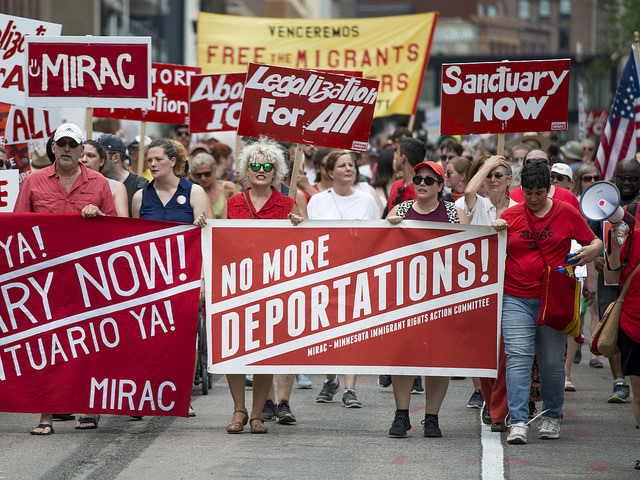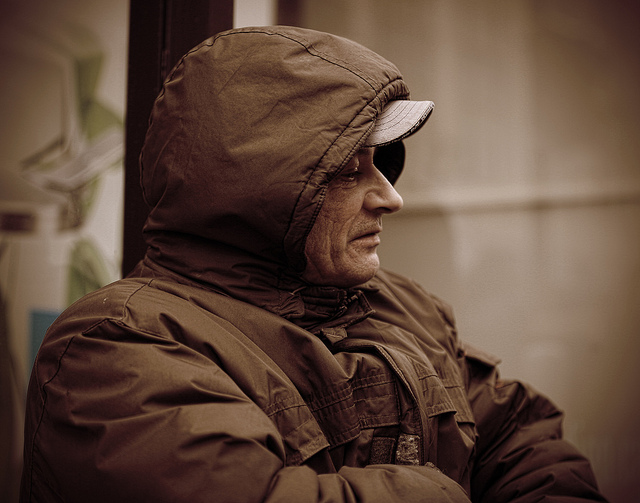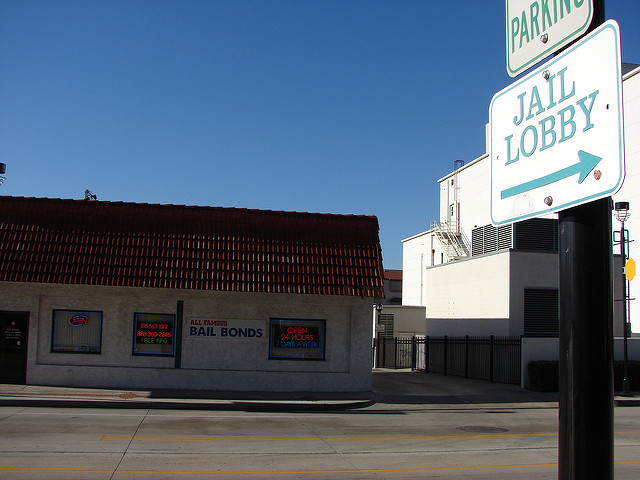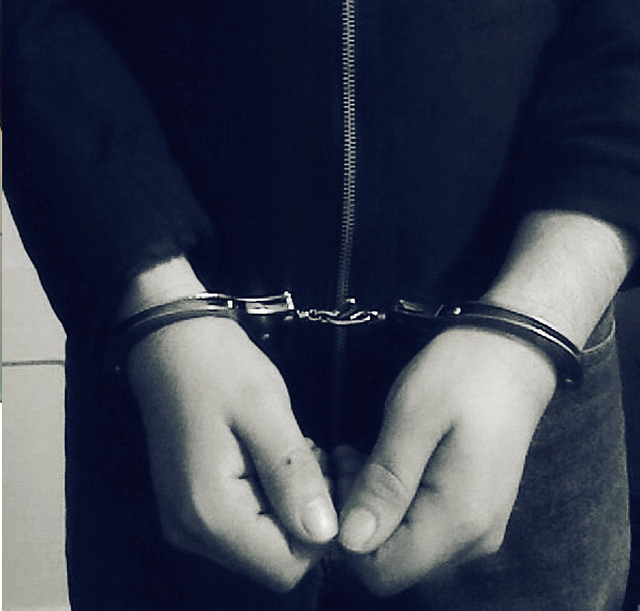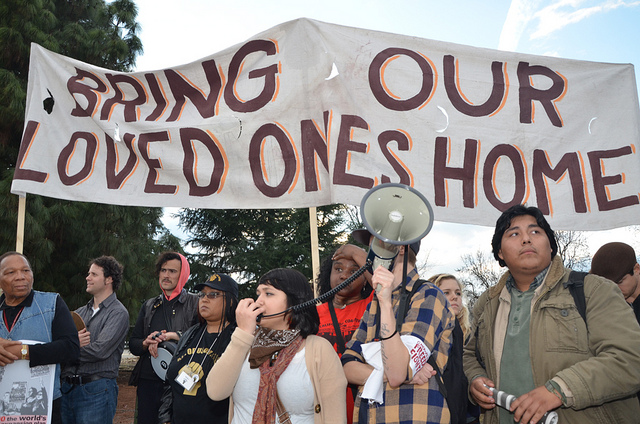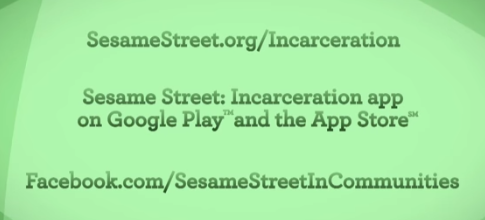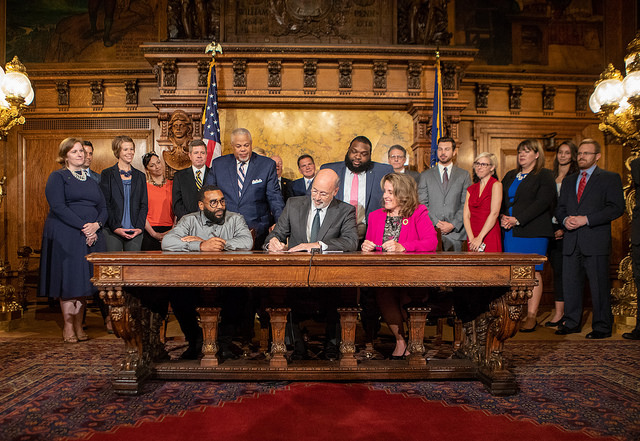
Given the current polarization of American politics, it often comes as a pleasant surprise when Republicans and Democrats can agree on new legislation. This was exactly the case for the passage of the First Step Act in Congress, a criminal justice reform measure aimed at reducing prison sentences and increasing prison programming in the federal system. Backed by the White House, the First Step Act was also supported by an unlikely coalition of Republican and Democratic leaders, as well as the conservative political powers like the Koch Brothers and progressive non-profits like the American Civil Liberties Union. Drawing from her own research, Michelle Phelps explains in The Conversation how politicians’ attempts to change the criminal justice system has often been through uneasy alliances, and many of these policy efforts fall through in their implementation.
Phelps contends that much of the current academic and media discussions about criminal justice frames it as a pendulum that swings back and forth between the two poles of either “get tough on crime” punishments or a more lenient system with treatment and rehabilitation. In her book, Breaking the Pendulum, with Phil Goodman and Josh Page, she argues that a better way to describe criminal justice reform efforts is tectonic plates. Phelps explains,
“…a better metaphor is the constant, low-level grinding of tectonic plates that continually produce friction and occasionally erupt in earthquakes. This friction manifests in traditional political combat, mass demonstrations, prison rebellions, and academic and policy work. Periodically, major changes in conditions like crime rates and the economy change to provide support and opportunities to one side or another.”
She highlights how this combination of social changes often produce alliances among Republicans and Democrats. For example, we often associate “get tough on crime” approaches with past and current Republican presidents, but one of the toughest crime bills, the 1994 Violent Crime Control and Law Enforcement Act, passed with bipartisan consensus under the leadership of president and Democrat Bill Clinton. While the 1994 bill was extremely popular and overly punitive, evidence suggests that it had a limited impact on the prison boom of recent decades. This highlights another major concern with the future of the First Step Act, a lack of meaningful implementation by key stakeholders, such as Trump’s new pick for U.S. Attorney General, William Barr. Phelps concludes,
“Like the ‘94 bill before it, this indicates that the First Step Act will likely be more bark than bite. The First Step Act might provide relief to several thousand current federal prisoners. But Barr will likely follow Sessions and direct his prosecutors to seek the maximum criminal penalties against current defendants, including for drug offenses, limiting the impact of the First Step Act’s sentencing reform. And the bill will have no practical effect on state prison systems, which in some cases have already embraced much more radical reforms…While the First Step Act is a move in the direction of more humane and moderate criminal justice practices, I think it will likely be a very small first step indeed.”

